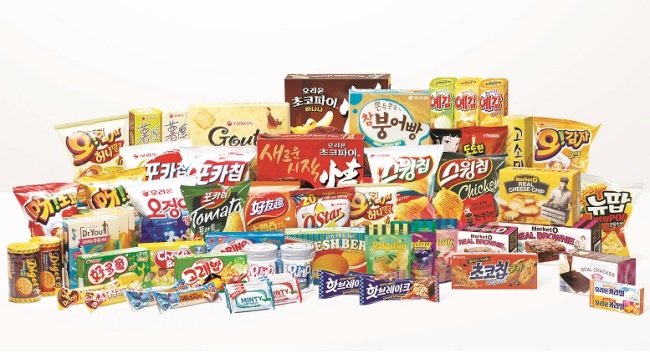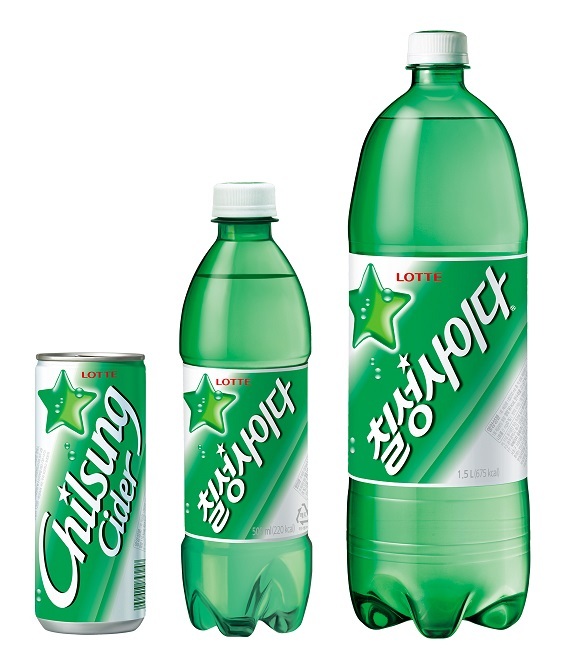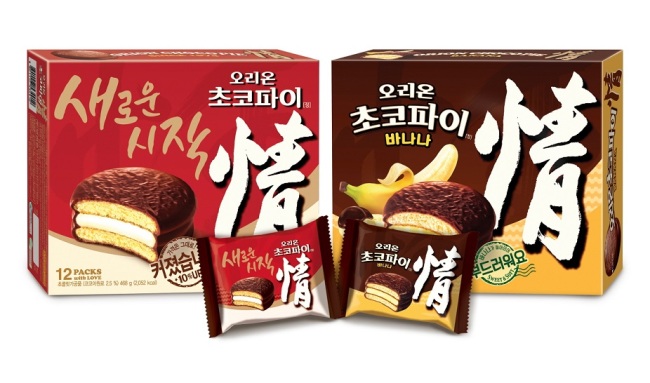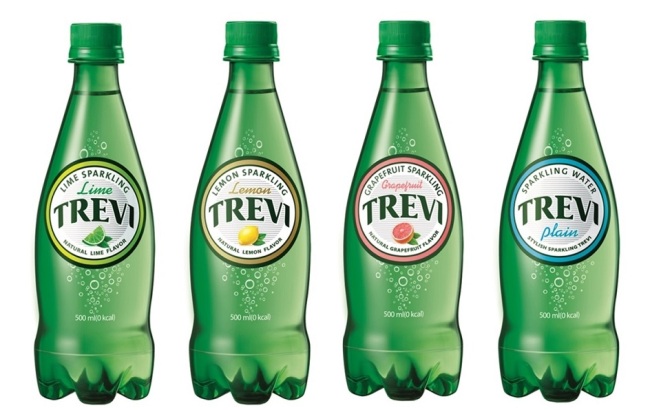The South Korean food industry is bracing for fundamental shifts in its future sales and product development, as the government has announced a “war on sugar” in view of public health.
Last month, the Ministry of Food and Drug Safety rolled out a set of measures aimed at raising awareness of the harmful effects of sugar, with the target of driving down every citizen’s sugar consumption below 10 percent of their daily calorie intake.
Market officials forecast that such moves combined with growing health consciousness will take a toll on the sales of sugary foods here while boosting alternatives that can satisfy cravings for sweets.

Diverse snacks made by Orion (Orion)
The soft drinks and snacks industries as well as traditional sugar suppliers stand to be the most adversely impacted by the burgeoning movement against high-sugar food.
Conversely, replacements such as sugar substitutes, sparkling water as well as low-sugar or additive-free products look geared to grow in variety and market size.
Korea’s leading sugar manufacturer CJ CheilJedang expects that the local business-to-business sugar market will eventually wane in size and direction due to shifting consumption patterns.
In light of such changes, CJ has already launched a number of sugar substitute brands using xylose and allulose sugar as well as tagatose, which taste similar to sugar but contain fewer calories.
The firm believes that if sugar sales decline, the usage of alternative sweeteners will in turn increase, given that people are bound to retain their sweet tooth.
Though still small compared to the sugar market, local sales of alternative sugar products doubled from 5.9 billion won in 2013 to 10.5 billion won in 2015, according to market researcher LinkAzetec.
Ultimately, those facing the biggest challenges are businesses which heavily utilize sugar in manufacturing their main products, CJ CheilJedang spokesperson Chai Min-su told The Korea Herald.
“They may want to replace sugar with alternatives. However, cost calculations may not work out given sugar replacements are a lot more expensive to use for mass production than regular sugar,” he said.
Among market players that are likely to face the biggest challenges are leading local soda makers such as Lotte Chilsung Beverage, the local seller of Pepsi, and Coca-Cola Korea.

Lotte’s flagship soft drink Chilsung Cider (Lotte Chilsung Beverage)
Vowing to fully abide with moves to lower sugar consumption, Lotte Chilsung Beverage said it is working on developing a wider variety of low-sugar products in the future, said company spokesperson Kang Hyun-joong.
As for the future sales prospects of its original sodas, Kang said the firm will “continue monitoring new changes and trends.”
Similarly, Korea’s leading snack-makers are equally concerned by the nation’s anti-sugar movement. They plan to develop low-sugar sweets in line with the government’s initiative, though most are reluctant to make drastic changes to their recipes in fear of losing customers.
“On top of the added costs of switching to sugar substitutes, it’s difficult to ensure that we can create the same tastes for our signature products without traditional sugar,” said Lee Yu-ri, a spokesperson for local snack giant Orion.
Korea’s top snack producer Lotte Confectionery said it was almost impossible to suddenly change its snack recipes as they are directly tied to a product’s exclusive taste, appeal and sales.

Choco Pie (Orion)
“Developing new low-sugar products that can equally satisfy consumers’ tastes will take a significant amount of time and effort,” said Lotte Confectionery spokesperson Ahn Sung-kun.
While the future of products that are high in sugar looks uncertain, alternative products made with less or no sugar are set for further growth.
Reflecting such trends, sales of zero-calorie sparkling water have been rising annually in Korea, presenting new opportunities for the traditional soft drinks sector.
According to Nielsen Korea, the local sparkling water market doubled in size from 37.3 billion won in 2014 to 78.2 billion as of last year and it was the product category in the beverage industry that posted double-digit growth.
Led by Lotte’s Trevi and Seagram’s, sold by Coca-Cola Korea, the country’s sparkling water market is expected to reach 120 billion won in size this year, according to industry analysts.

Lotte’s sparkling water brand Trevi (Lotte Chilsung Beverage)
Meanwhile, low-sugar products have also been gaining favor over their original versions, prompting companies to actively introduce less sugary products for consumers seeking healthier dietary choices.
For example, Korea Yakult, the country’s best-known seller of yogurt drinks, said that, as of March 2016, sales of Yakult Light, which contains about half as much sugar as regular Yakult, have risen by 400 percent since the year of its launch.
By Sohn Ji-young (
jys@heraldcorp.com)









